|
Keeping both hips on the floor in Half Spine Twisting pose can feel like playing "Whak-a-Mole!"
In this video I explain why it's so important, and what you can do about it if you are blessed with disobedient hips:
0 Comments
Cobra pose is the greatest for preventing and relieving lower back pain and tension! Practicing with impeccable technique will allow you to get all of the goody out of it. Check out this video for tips: For more on the benefits of the Cobra, check out this post from way back! For more spine strengthening, come to any class on our schedule. ;)
Dandayamana bibhaktapada paschimottanasana! This posture is not only the most fun posture to say the name in Sanskrit, but also a phenomenal stretch for your hamstrings, hips and spine. Because of the upside-down position, this pose provides increased circulation to the brain, nasal cavities and adrenal glands. It decompresses the spine, relieving pressure on the intervertebral discs and the spinal nerves (including the sciatic nerve) as well as having a pretty incredible effect on your cardiovascular system (see below...) Check out our video about how adjusting the size of your step can help you get the most out of this one: Have you heard of a baroreflex? "Baro" comes from the Greek baros, meaning pressure or weight. So the baroreflex is one of your body's mechanisms which helps maintain blood pressure at nearly constant levels. When you hang upside down in Standing Separate Leg Stretching, baroreceptors in your arteries sense that blood pressure to the head is elevated, and this starts a rapid feedback loop which causes the heart rate to lower and blood pressure to decrease to a more normal level.
Lower heart rate and lower blood pressure is associated with a calming sensation in the body, amirite? Which, if you think about it, means the placement of this pose in our series is simply genius! I mean, you just completed Balancing Stick pose, which got your heart beating out of your chest. And you're just about to do Triangle pose... But first, you get to do Standing Separate Leg Stretching, to bring your blood pressure and heart rate down, so by the time you hit Triangle you're operating on a much more even keel. Wow! What if you have sciatica? In this pose, a special consideration for those with active sciatica is that the feet should not be "slightly pigeon-toed." They should be parallel to one another, or even a little turned out. This takes pressure off the sciatic nerve during the pose. In 2009, I was diagnosed with spondylolisthesis, spondylosis and degenerative disc disease. I was told I would need to have a spinal fusion surgery or, eventually, lose all feeling in my legs. At the time, I was running marathons, extremely active and couldn’t fathom the thought of having surgery on my spine.
Understanding that running wasn’t going to be a long-term activity due to my diagnosis, and that I wasn’t ready to succumb to surgery, I began to explore more low-impact activities. It wasn’t until I tried Bikram yoga that I felt the physical challenge I was seeking in an activity that would not progress my diagnosis. In addition to the satisfying physical challenge, I found Bikram brought me significant mental clarity and focus. As I began to increase the frequency of my practice, I found myself diving deeper to help manage emotional and mental health. At the time I started practicing I was struggling with various aspects of life and Bikram yoga gave me an outlet to support my emotional and spiritual well-being. I still don’t quite know what it is, but to this day when life feels draining I latch on to my yoga practice and begin to feel filled up again. On the physical side, I haven’t yet had to resort to spinal surgery and still have all the feeling in my legs. In fact, each summer I go on a week-long 500-mile bicycle ride. Due to other commitments, I typically don't find the time to train. Despite this, for the past two years, I have been able to participate in these rides without significant struggle. Fellow riders are always shocked when I say I haven’t ridden my bike for more than 50 miles since the last year. I give credit to my consistent yoga practice for giving me the power, strength and mental agility to successfully participate and enjoy myself on these rides. Today, despite numerous scheduling challenges, I make my practice a priority. I am proud of allowing myself to make the time and I (usually) don’t feel guilty about it. I now know, no matter how difficult it seems in the moment, each time I step out of the hot room I will feel more positive and be healthier than when I walked in. As the first posture in the Bikram yoga class, the job of Half Moon pose (ardha chandrasana) is to get your spine feeling out its range of motion in a bunch of directions, right off the bat. By stretching up out of your waist, then slowly bending your upper body to the right while pushing your hips to the left beyond your perceived flexibility, you will create an incredible stretch down the side of your body. This side-bending action either stretches or tones every muscle in the torso, increases the lateral flexibility of the spine, opens up the hips and trims the waistline. Oh, what a feeling- and then you get to do it to the left! TIP: Half moon is the very first posture in the class, so there's no need to push it super hard, especially in the first set! Your body is not quite warmed up yet, so "take it easy, honey." Remember that the first set of every pose is diagnostic- it helps you figure out where your body is in the present moment. Second set is therapeutic- based on what you discovered in the first set, you decide whether to push a bit further, or back off a little more. Your breathing is an excellent indicator of which way to adjust- if you really can't keep your breathing normal (like you're watching TV) then you've done too much! Back off.) Once we have stretched to both sides, the third part of Half Moon is backward-bending. Your instructor will warn you, "Your back is going to hurt, don't be scared!" PSA: That doesn't mean that if a part of your body screams in sharp pain, that we think you should push through it! Not at all. This statement is simply a "heads up" that it's normal for the backbend to be uncomfortable- or even "hurt," in the sense of "ouch, I don't usually use those muscles!" Backbending can be a pretty uncomfortable position at first. It requires you to simultaneously use a lot of strength in your legs, hips and back while also relaxing the neck and stretching the arms and shoulders back as far as you can. The challenge (and any "hurt") is worth it though, because this first backbend is unbeatable at warming up the back muscles and de-stiffening (that's a technical term!) your spine for class, while opening the heart and chest. Be sure to keep your eyes open, so you don't get dizzy. At this point you have moved your spine straight up, side to side, and backward. Next comes Hands to Feet pose (padha hastasana.) This forward-folding posture continues to stretch the spine while beginning to work on stretching the sciatic nerve, muscles, tendons and ligaments of the legs. TIP: If you can't grab your heels from behind, bend your knees and try wrapping your elbows behind your calves. Then hold the backs of your ankles and start to straighten out the legs, keeping your grip by keeping pressure with the palms against the ankles. Eventually, you may be able to grab underneath your heels- for now just get as close as you can! Besides the tremendous stretching, Padha hastasana also helps improve overall circulation to the legs, sends a nice rush of blood to the head, and strengthens biceps, lattisumus dorsi, quadriceps, hands and fingers. Always remember to keep your breath moving calmly, in and out of your nose- a smiling happy face can help. :)
i"The principle of Ardha-Matsyendrasana and of other spine-twisting asanas is the use of the legs as fulcrums or levers so that the pull of the arms on the two upper corners of the rib box can bring the spinal twist to its maximum potential. The value of the twist is that it exercises, adjusts and rejuvenates the spine, and that it stimulates all the organs of the trunk to better health."
(from "Yoga Postures for Health", compiled from articles in the 1956-59 Self Realization Magazine) Half Spine Twisting pose improves blood circulation around the spinal nerves, veins and tissues. It increases flexibility of the entire spine and range of motion at the hip joints, helps alleviate back pain caused by lumbago, kyphosis, scoliosis and arthritis. Twisting improves digestion, relieves flatulence and strengthens the abdominal and thigh muscles while providing a tremendous stretch for the illiotibilal (IT) band. So how come we only do 1 set of this fabulous pose? Bikram might say he ran out of time- but we think it's just so great that only 1 set of it does the job. ;) How to do:
Many students comment about the transition from Camel Pose to Rabbit Pose: it's very challenging, or it feels amazing- or both! Both poses deeply open the spine, helping ensure proper alignment as well as helping maintain the health of the intervertebral disks, whose spongy nature helps them absorb shock from daily movement. Rabbit pose improves digestion, helps regulate metabolism and helps alleviate common cold and sinus symptoms as well as headaches. It benefits the central nervous system by creating maximum space between vertebrae along the back of the spine- which is not only great for stretching your back muscles, but also for the intervertebral disks and for the spinal cord which is protected by the bone joints of the spine. The front-side compression helps strengthen and tone abdominal muscles. The "throat-choked" feeling of the chin tucked into the chest is where this pose nourishes the parathyroid and thyroid glands. Doing Rabbit pose also helps enhance mobility and flexibility of back muscles, spine, scapula and trapezius muscles. Come and try Rabbit in class today and make your body smile! |
AuthorHHY Founder, Yoga Business Coach, yoga-doer and life-lover, Kay Afif! Categories
All
|

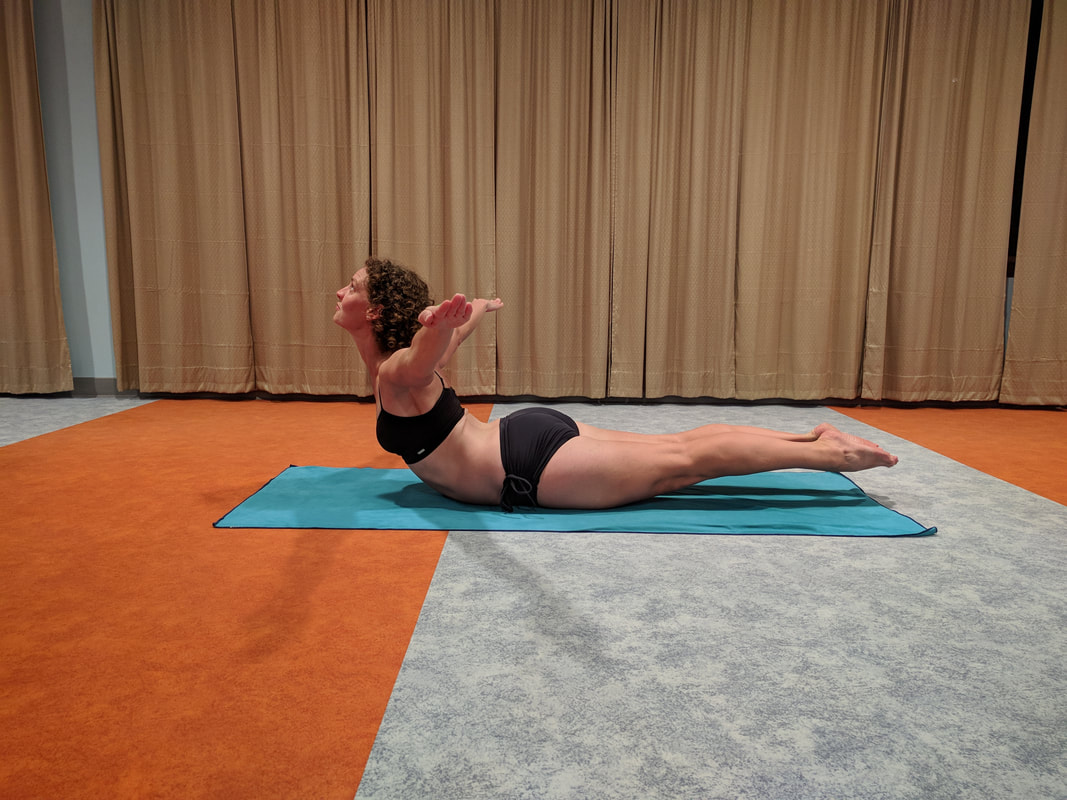
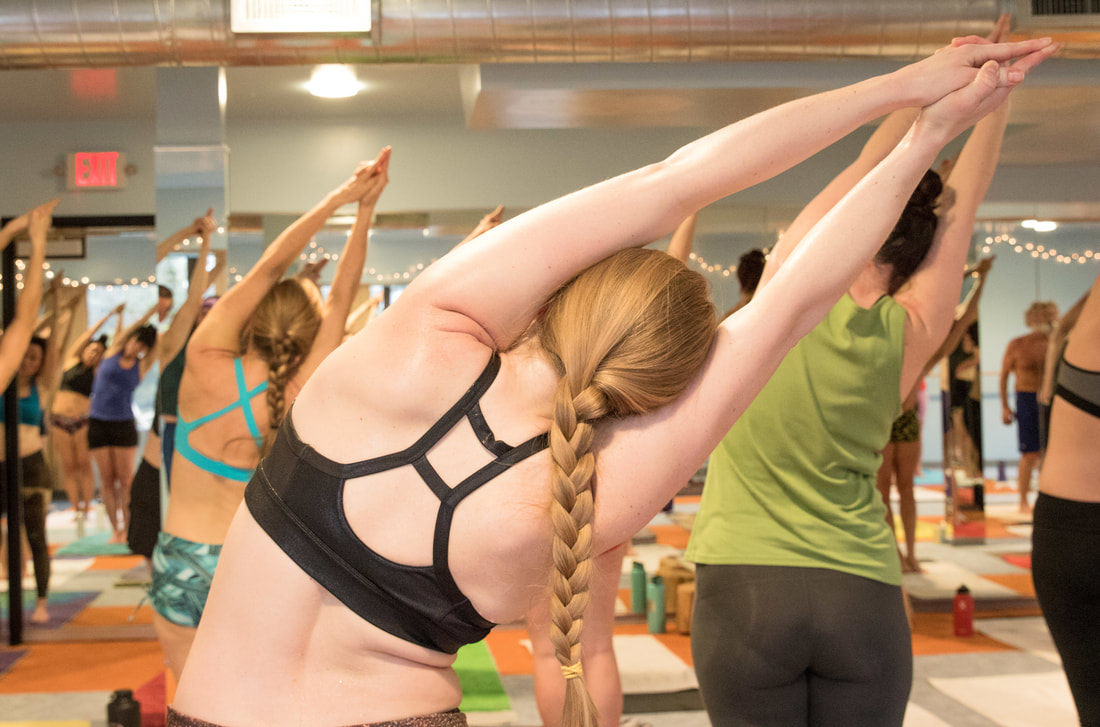
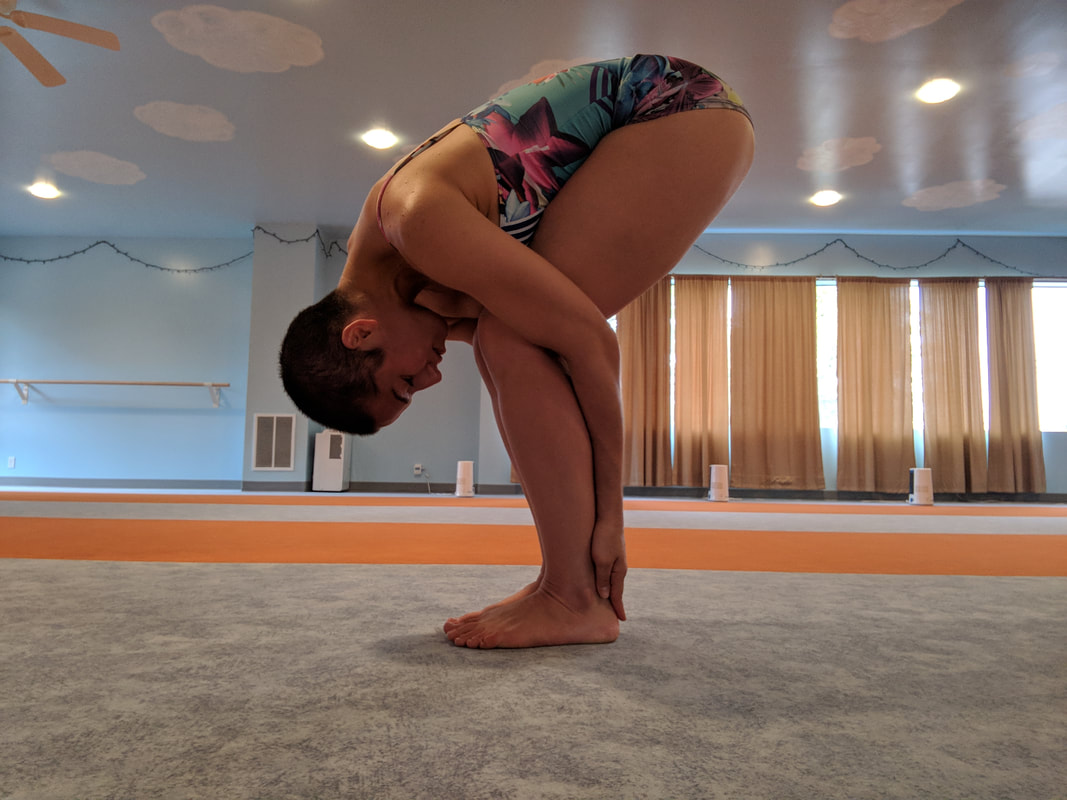
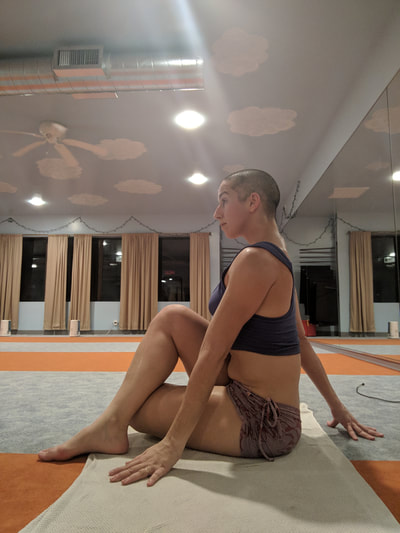
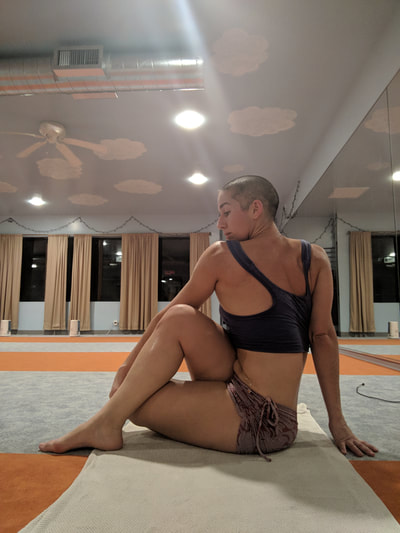
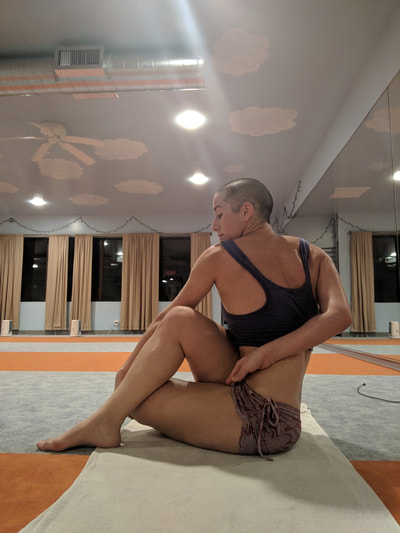
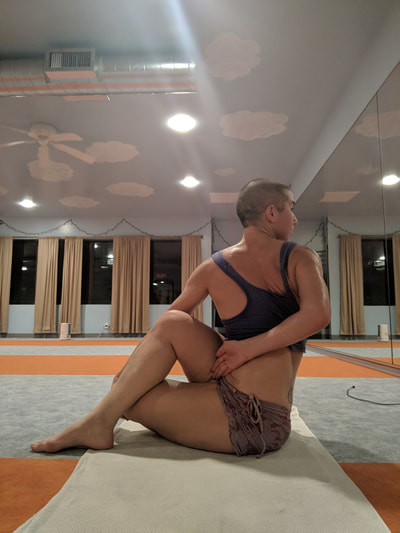
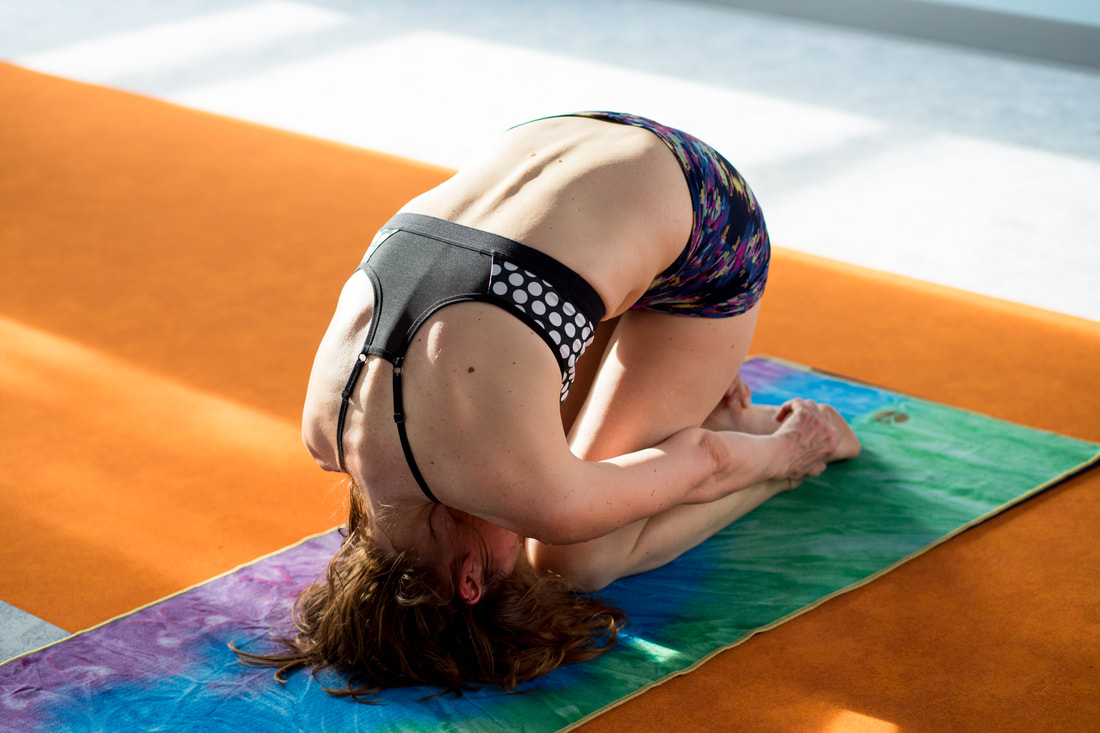
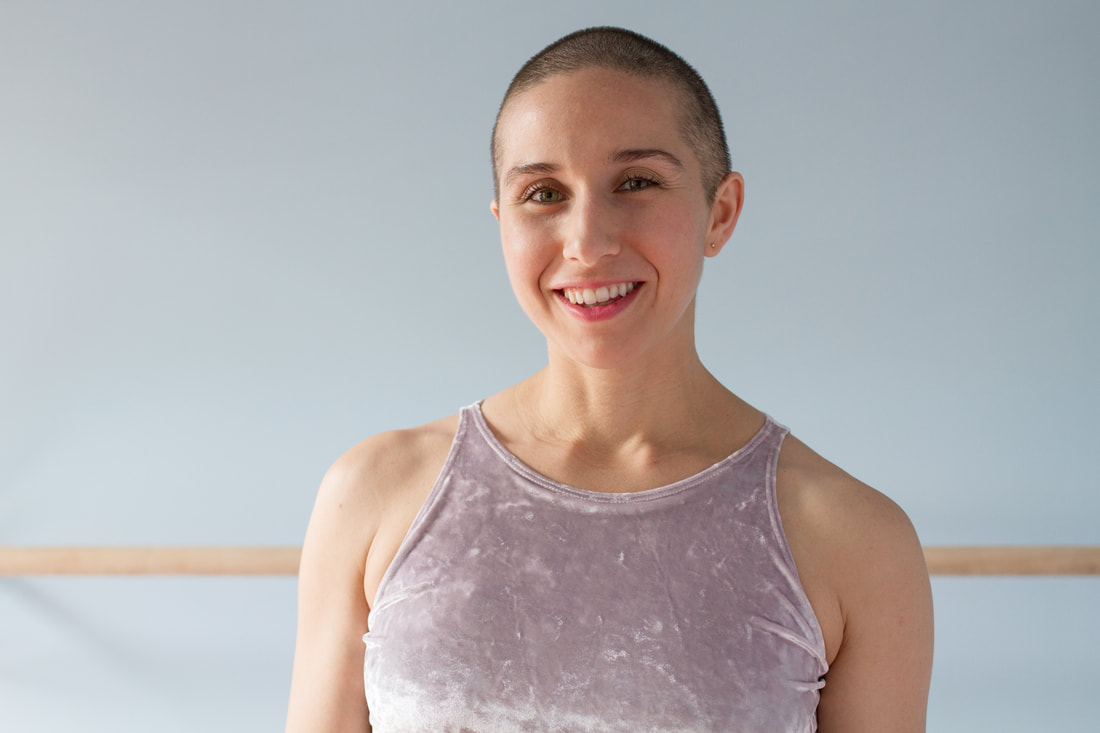
 RSS Feed
RSS Feed
